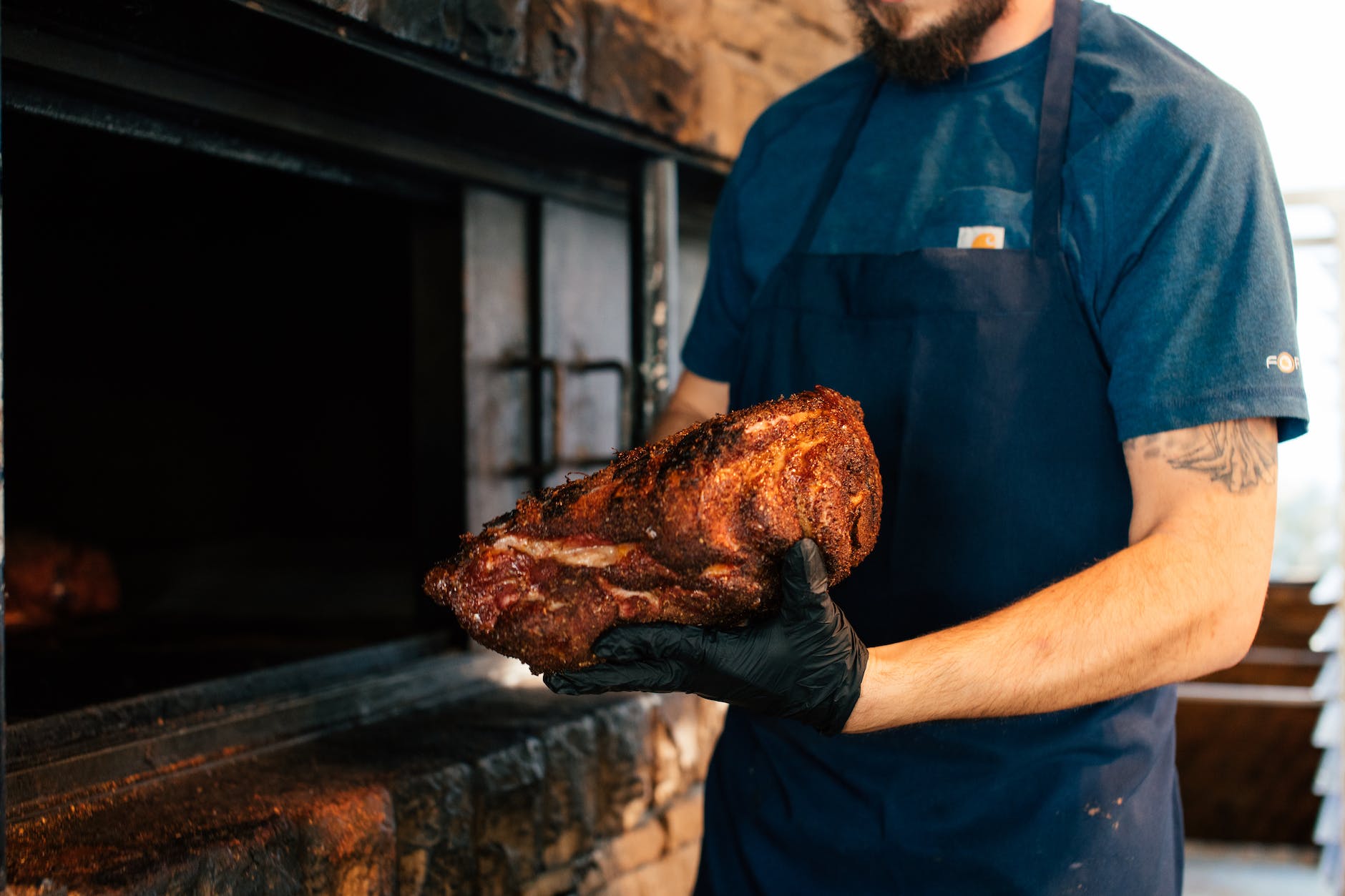Understanding the Basics: A Guide to Oven Roasting Techniques for Perfectly Cooked Meals
Oven roasting is a versatile cooking method that can transform ordinary ingredients into extraordinary dishes. Whether you’re roasting vegetables, meats, or even fruits, mastering the art of oven roasting can elevate your culinary skills to new heights. In this article, we will explore the fundamental techniques and tips for achieving perfectly cooked meals through oven roasting.
Preheating and Temperature Control: Key Steps for Evenly Roasted Dishes
One of the crucial steps in oven roasting is preheating your oven. Preheating ensures that the oven reaches the desired temperature before you place your ingredients inside. This step is essential for even cooking and preventing undercooked or overcooked meals. Most recipes will specify the required preheating temperature, so be sure to follow the instructions closely.
Temperature control is another vital aspect of oven roasting. Different ingredients require different cooking temperatures to achieve optimal results. For example, roasting vegetables at a high temperature, around 425°F (220°C), can create a crispy exterior while maintaining a tender interior. On the other hand, meats often benefit from a lower and slower roasting temperature, such as 325°F (160°C), to ensure a juicy and succulent outcome.
Mastering the Art of Seasoning: Enhancing Flavors through Proper Seasoning Techniques
Seasoning plays a crucial role in oven roasting, as it enhances the natural flavors of the ingredients and adds depth to the final dish. Before roasting, take the time to properly season your ingredients. This can be as simple as sprinkling salt and pepper or experimenting with a blend of herbs and spices.
To ensure even distribution of seasoning, consider marinating your ingredients before roasting. Marinating not only infuses flavors but also tenderizes meats and adds moisture. For example, a simple marinade of olive oil, garlic, and herbs can transform a plain chicken breast into a flavorful masterpiece.
Choosing the Right Pan: Selecting the Perfect Cookware for Optimal Roasting Results
The choice of pan can greatly impact the outcome of your oven-roasted meals. When selecting a pan, opt for materials that conduct heat evenly, such as stainless steel or cast iron. These materials distribute heat uniformly, ensuring that your ingredients cook evenly.
Additionally, consider the size of the pan. A crowded pan can lead to steaming rather than roasting, resulting in soggy and lackluster results. Leave enough space between the ingredients to allow hot air to circulate freely, promoting browning and caramelization.
Timing is Everything: Determining Cooking Times for Different Ingredients
Timing is a critical factor in oven roasting. Overcooking can lead to dry and tough results, while undercooking can leave your dish raw and unappetizing. To determine the cooking time, it is essential to consider the size and thickness of the ingredients.
For example, a small chicken breast may only require 20-25 minutes of roasting at 425°F (220°C), while a whole turkey may need several hours at a lower temperature. It is always recommended to use a meat thermometer to ensure that meats reach the appropriate internal temperature for safe consumption.
Tips and Tricks for Achieving Crispy, Golden Brown Roasts: Unveiling Secrets to Picture-Perfect Results
To achieve crispy and golden brown roasts, there are a few tips and tricks that can take your oven roasting skills to the next level. One technique is to start with a high temperature for the first few minutes of roasting, then reduce the heat to finish cooking. This initial blast of high heat helps to sear the exterior, creating a beautiful crust.
Basting is another technique that can enhance the texture and flavor of your roasts. Basting involves periodically brushing or spooning the cooking juices or marinade over the ingredients during the roasting process. This helps to keep the meat moist and adds an extra layer of flavor.
Lastly, for that perfect finishing touch, consider broiling your roasts for a few minutes at the end of the cooking time. This technique adds a beautiful caramelized crust to your dish, giving it an irresistible appearance and enhancing the overall flavor.
In conclusion, oven roasting is a versatile and rewarding cooking technique that can elevate your meals to new heights. By understanding the basics, preheating and controlling the temperature, mastering seasoning techniques, choosing the right pan, determining cooking times, and implementing tips and tricks for achieving crispy, golden brown roasts, you can create picture-perfect results that will impress your family and friends. So, fire up your oven, experiment with different ingredients, and let your creativity shine through the art of oven roasting.
